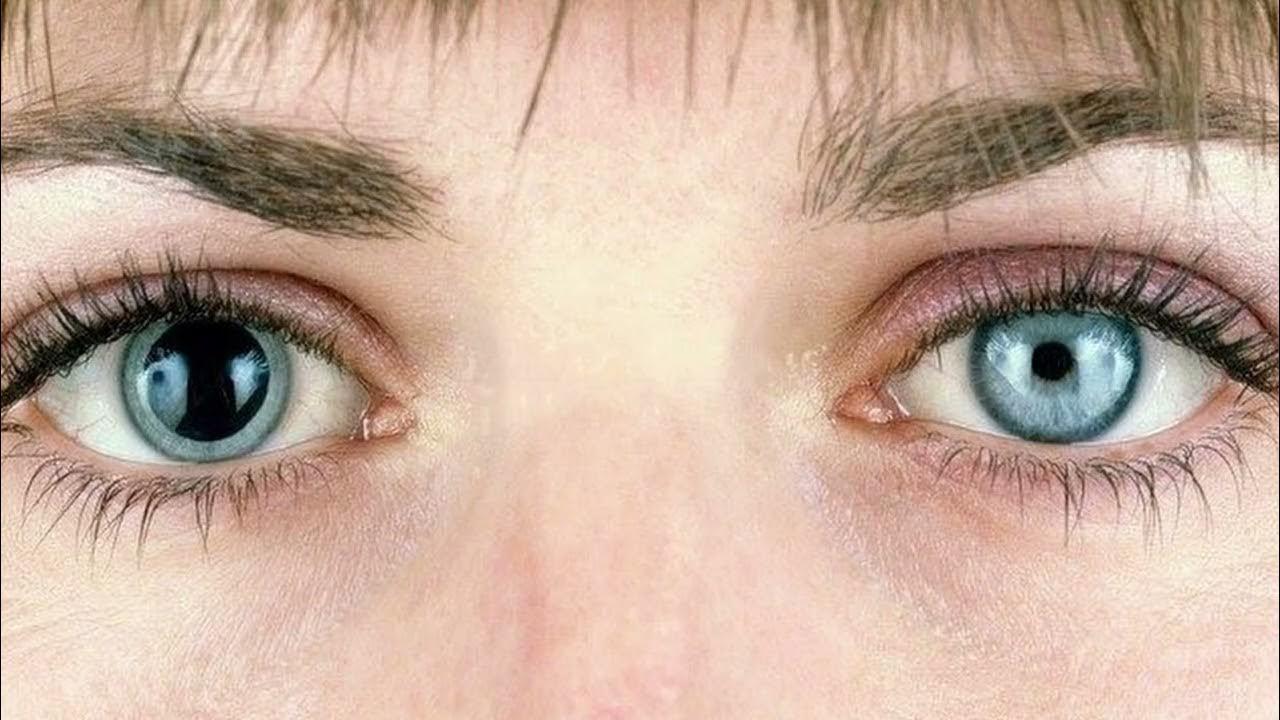The eyes are often described as the windows to the soul, but they also serve as crucial indicators of your overall health. One such warning sign is pupil constriction. While slightly smaller pupils can be normal in certain situations, persistently constricted pupils may point to something more serious. Understanding the underlying causes and knowing when to seek help can make a vital difference.
What Are Constricted Pupils?
Constricted pupils, also known as miosis, occur when the pupils become smaller than normal. In a well-lit environment, pupils naturally shrink to limit light intake. However, if they remain small in dark settings or appear unusually tiny under normal light, it may be a cause for concern.
Constricted pupils are typically less than 2 mm in diameter. While this condition might be temporary, caused by environmental factors, it can also signal a deeper health issue.
Common Symptoms Accompanying Pupil Constriction
Pupil size alone doesn’t always indicate a problem. However, if you experience additional symptoms alongside constricted pupils, it may be time to consult a doctor. Look out for the following:
- Blurred or double vision
- Sensitivity to light
- Drooping eyelids
- Eye pain or headaches
- Dizziness or confusion
- Nausea
These symptoms combined with abnormal pupil size may point to underlying neurological or systemic issues.
What Causes Constricted Pupils?
What causes constricted pupils? This question often comes up when patients first notice the issue. Several potential culprits can trigger this change in pupil size. Here are the most common causes:
1. Medication and Drug Use
Some prescription medications, especially opioids like morphine and codeine, are known to constrict pupils. Other drugs such as pilocarpine (used in glaucoma treatment) and certain antihypertensives can also cause miosis.
Illicit drug use, particularly heroin or fentanyl, is another major factor. These substances impact the parasympathetic nervous system, which controls involuntary body functions, including pupil size.
2. Neurological Conditions
Certain neurological disorders can answer the question, What causes constricted pupils? Conditions like Horner’s syndrome, which affects the nerves around the eyes and face, often result in uneven or persistently small pupils.
Other possible causes include brain tumors, strokes, or head injuries. These affect areas of the brain responsible for autonomic functions, including the dilation and constriction of pupils.
3. Eye Injuries or Infections
An eye injury or infection can directly affect pupil size. If you've recently sustained trauma to the eye or suffer from conditions like uveitis or iritis, you may notice your pupils appear smaller than normal. These inflammatory responses trigger the constriction reflex as a protective mechanism.
4. Exposure to Toxins or Chemicals
Certain environmental toxins, such as organophosphates (commonly found in pesticides), can lead to constricted pupils. Accidental or occupational exposure may cause not only pupil changes but also other severe symptoms such as breathing difficulty or muscle weakness.
If you’ve been exposed to such chemicals, seek immediate medical attention.
5. Aging and Natural Variation
Sometimes, pupil size decreases gradually with age. Older adults may naturally have smaller pupils due to the reduced efficiency of the eye’s muscles. In this case, the change is not typically a cause for concern unless accompanied by other symptoms.
When to See a Doctor
Mild, short-term pupil constriction isn't always a medical emergency. However, if you’re unsure, it’s always better to be safe. Seek prompt medical advice if you notice:
- One pupil is significantly smaller than the other
- Pupils are unresponsive to changes in light
- Sudden changes in vision
- Persistent eye pain or headache
- Any recent head trauma or loss of consciousness
A detailed eye examination, along with neurological assessment, can help determine what causes constricted pupils in your specific case.
Diagnostic Methods
Doctors use several diagnostic techniques to find the underlying reason behind miosis. These may include:
- Slit-lamp examination
- Neurological testing
- MRI or CT scans
- Blood and urine tests (especially for drug screening)
- Pupil light reflex testing
The goal is to understand what causes constricted pupils in each patient and then treat the condition at its source.
Treatment Options
Treatment for constricted pupils depends entirely on the underlying cause. For instance:
- If medication is the culprit, adjusting or stopping the drug may resolve the issue.
- Infections or inflammations may require anti-inflammatory or antibiotic treatments.
- Neurological conditions might need more complex management, including surgery or long-term therapy.
Understanding what causes constricted pupils is essential to choosing the right treatment path. In many cases, early intervention can prevent further complications.
Final Thoughts
While small pupils may not always signal danger, they shouldn't be ignored—especially if accompanied by other symptoms. The real concern lies in identifying what causes constricted pupils in your individual situation. From medications and nerve damage to serious brain conditions, the list of potential causes is varied and complex.
Stay vigilant, monitor your symptoms, and consult a healthcare provider for proper diagnosis. Your eyes can often reveal hidden truths about your health—don’t overlook what they’re trying to tell you.

